Portrait of Ada by A.E. Chalon
- Type: portrait
- Institution: Science Museum Group Collection
Augusta Ada King, Countess of Lovelace (10 December 1815 – 27 November 1852) was an English mathematician and writer, chiefly known for her work on Charles Babbage's proposed mechanical general-purpose computer, the Analytical Engine. She was the first to recognise that the machine had applications beyond pure calculation, and published the first algorithm intended to be carried out by such a machine. As a result, she is sometimes regarded as the first to recognise the full potential of a "computing machine" and one of the first computer programmers.
The aim of this project is to provide knowledge having as center Ada, Babbage, Menabrea, ten items produced by them or concerning their works and the relationships between all these elements.
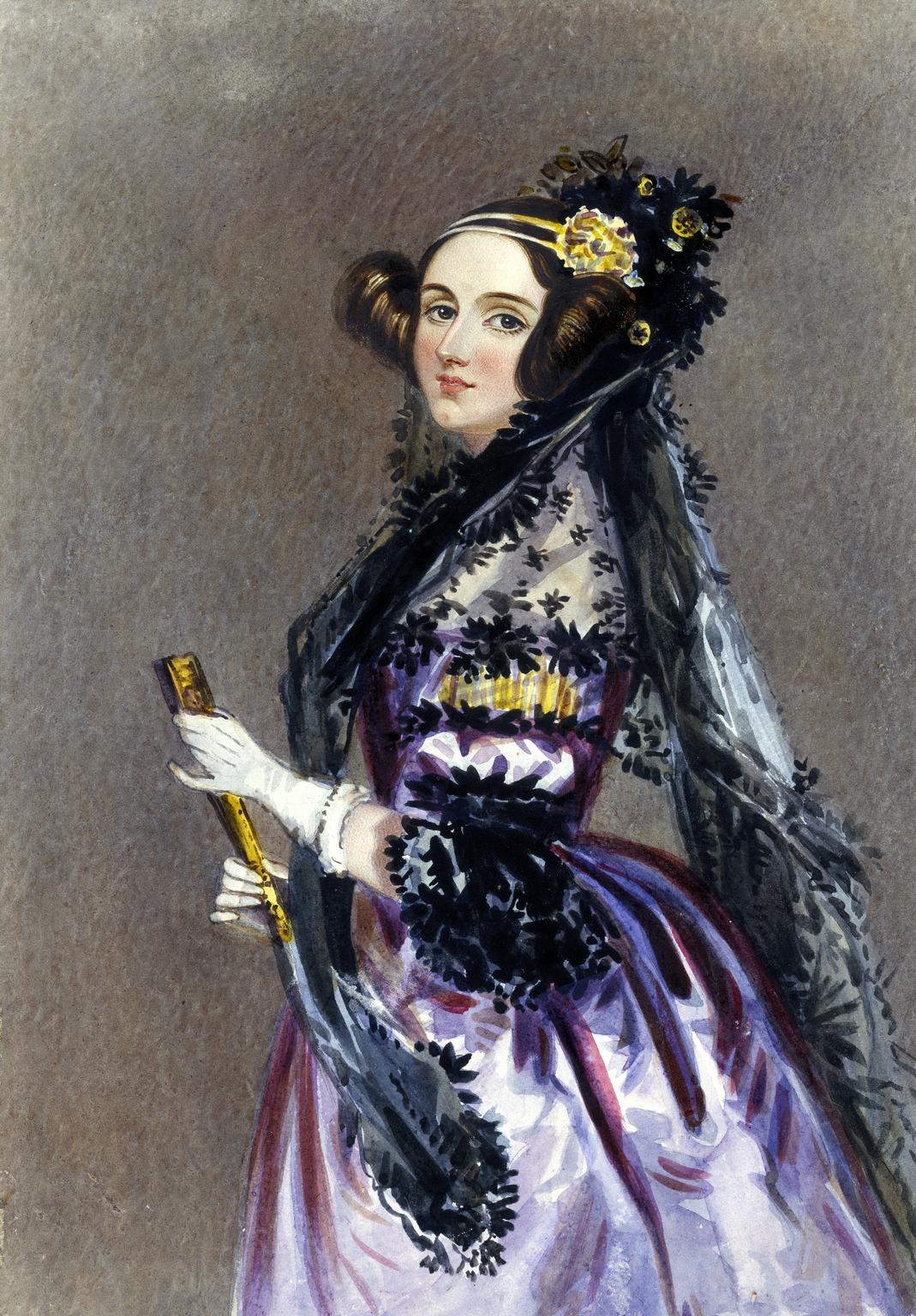
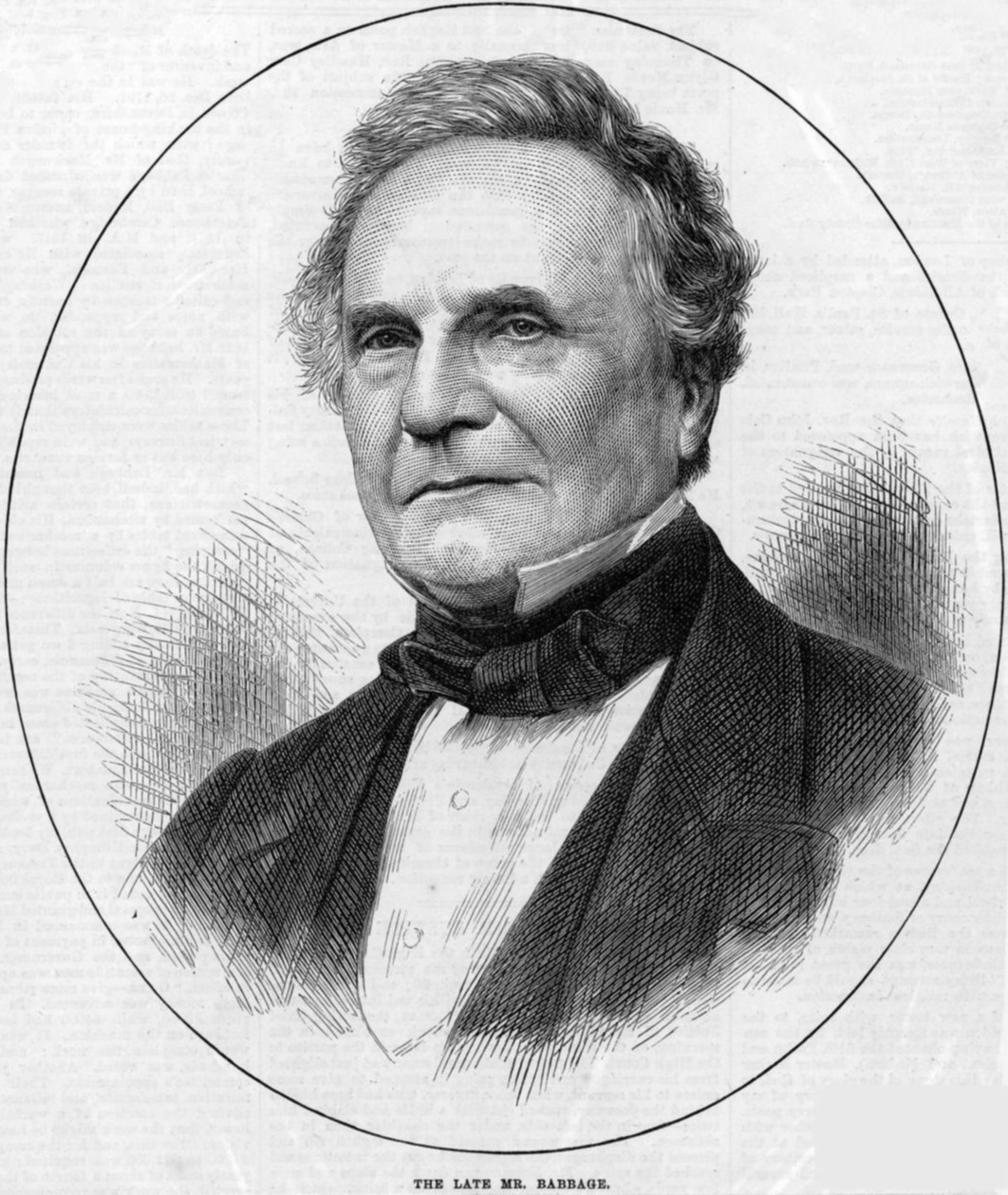
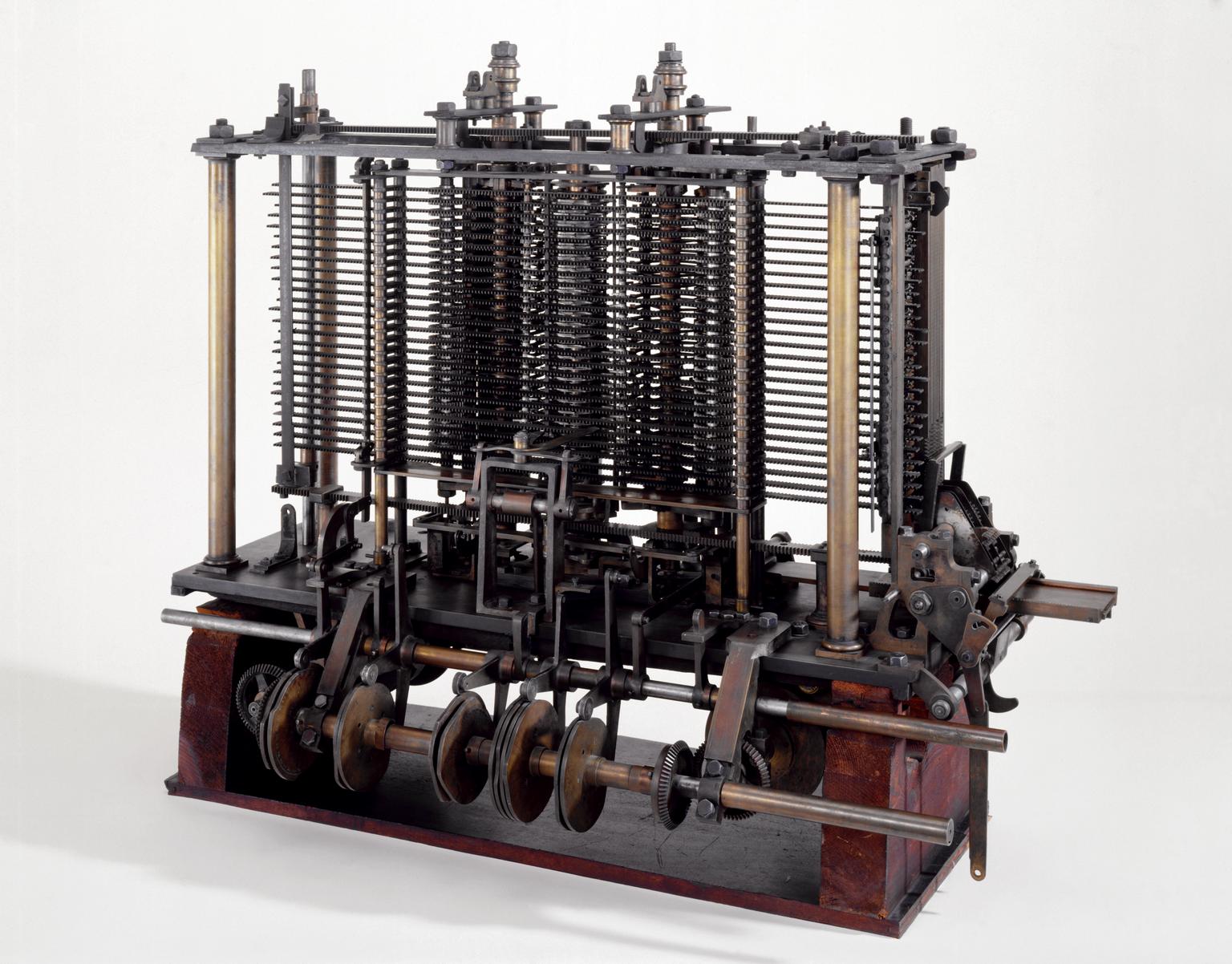

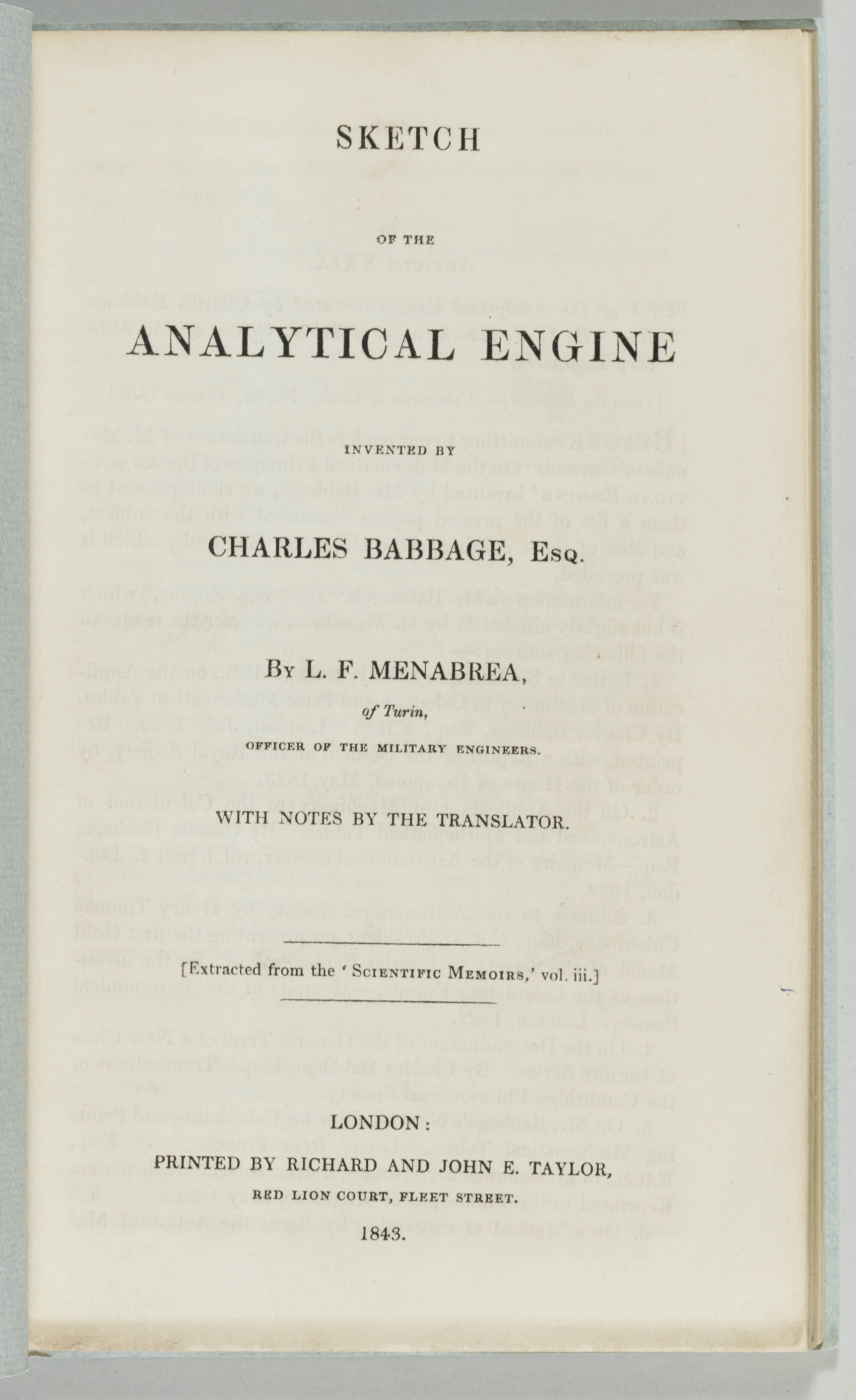
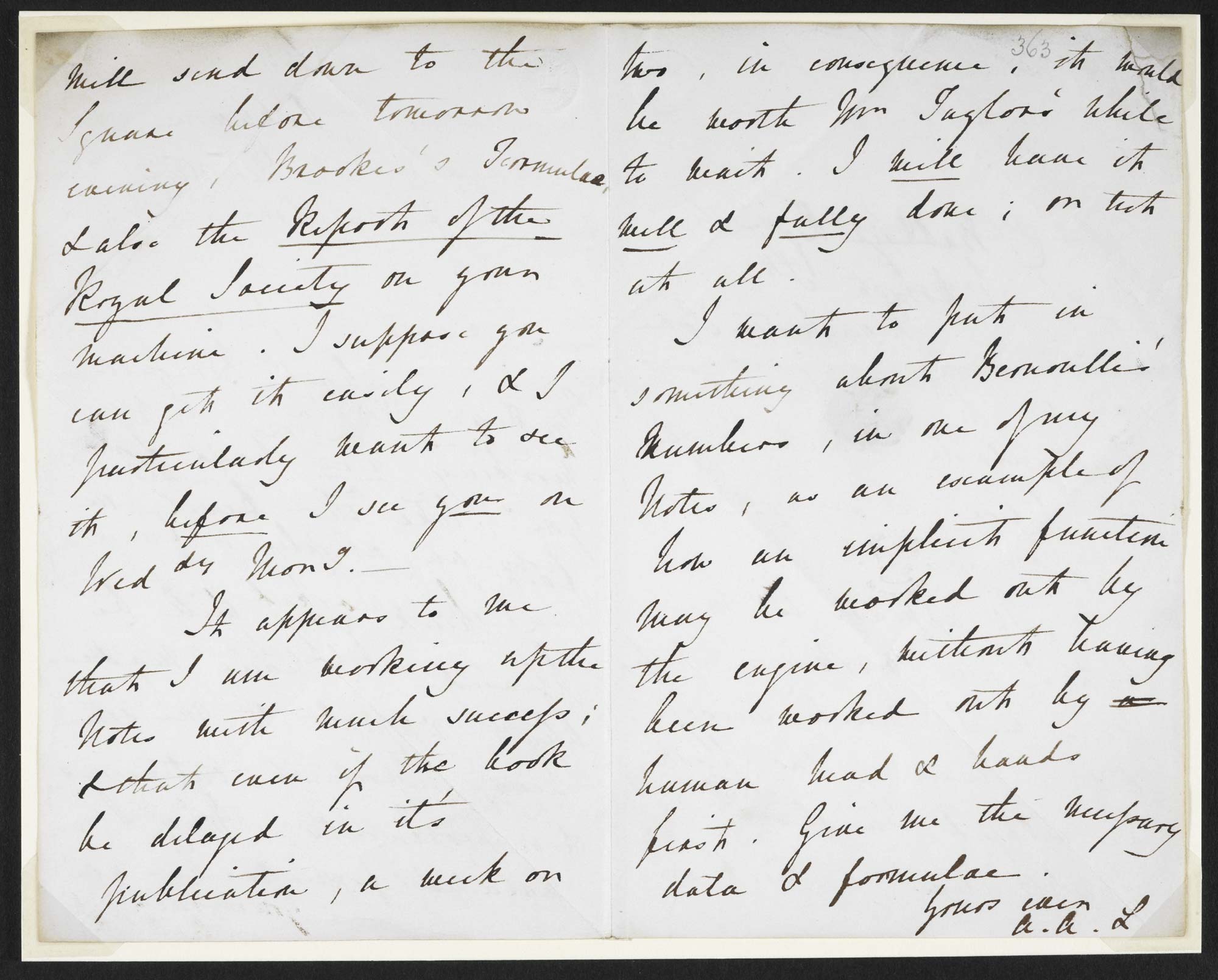
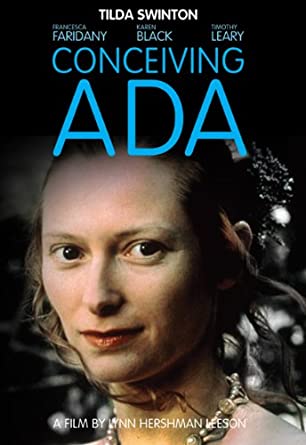

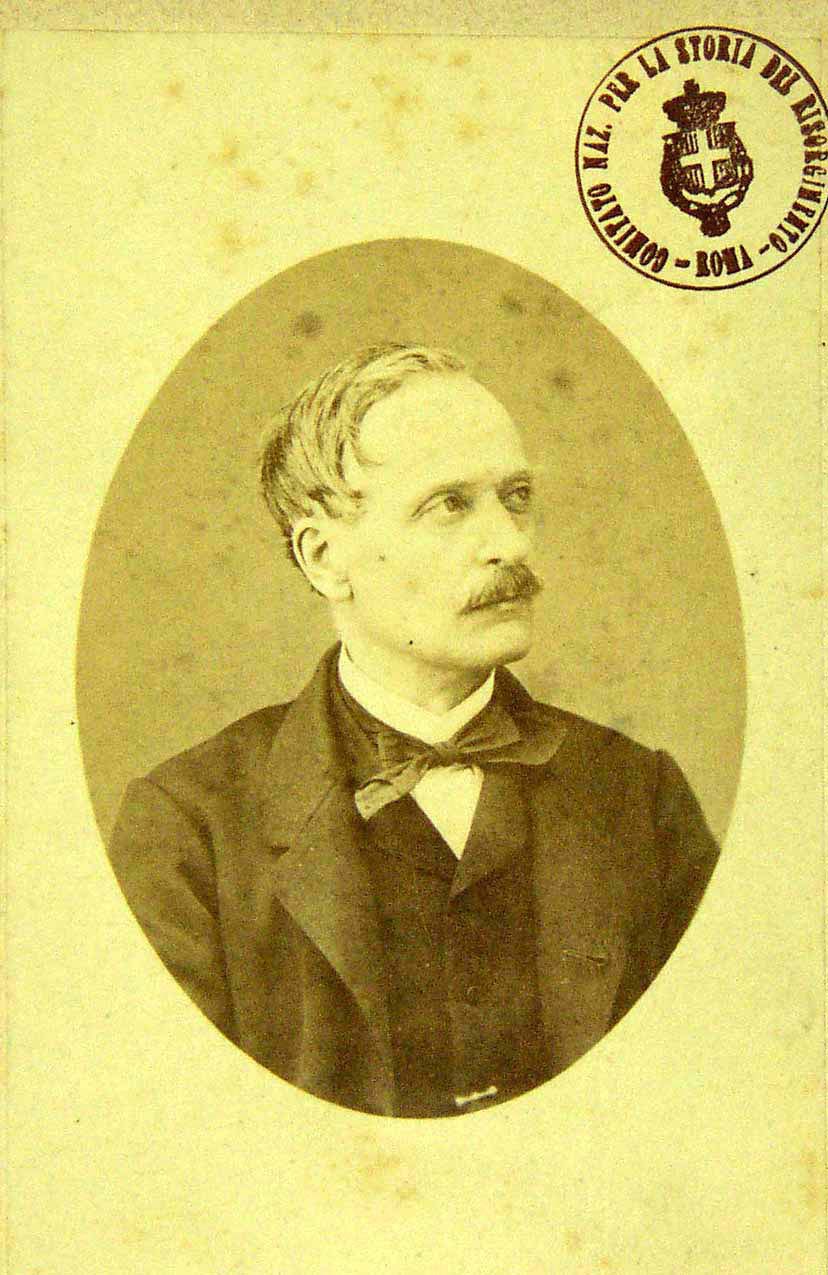
![Autograph letter signed : Ashley-Combe, to [Charles Babbage?], "Tuesday": preview](images/doodle.jpg)
In developing a model the focus was on showing the connections between things and people centered on the genius of Ada Lovelace. The ten related items from libraries, archives and museums were therefore placed in relation to the three main actors: Ada Lovelace, Charles Babbage and Federico Menabrea.
A graphical representation of the entities that characterise our scenario and the relations among the latter.
An attempt to align the different standards used by the different communities and domains to describe the items taken into consideration.
A model capable of describing all the selected elements and related information. It is a first level of abstraction.
The theoretical model was refactored by reusing existing schemas, vocabularies, and ontologies (CIDOC/CRM, DC, RDA, OAD, EAC-CPF).
The items and creators are described in this section on the basis of the realized conceptual model.
Each item and creator is described in a separate table organized by subject, predicate and object.
RDF description of the Sketch of Analytical Engine, able to connect most of the people, places, times and concepts previously described.